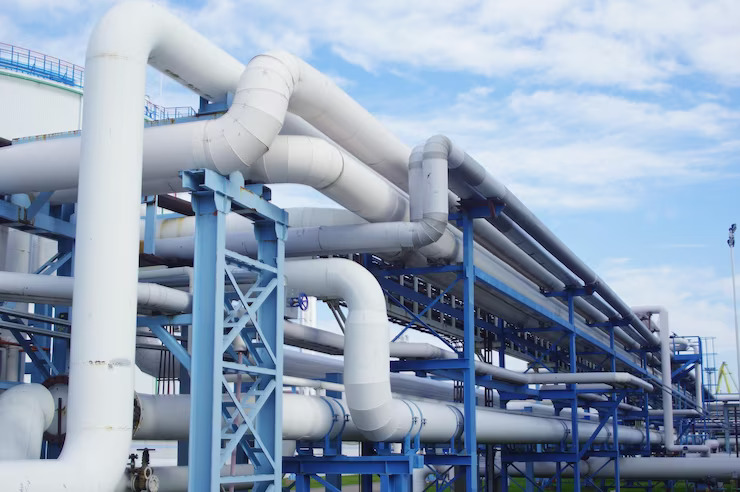
A problem with a pipeline isn’t just a financial problem for a company – it’s also a huge problem for the environment. In the interest of keeping pipelines intact and ensuring that the environment doesn’t suffer from poorly maintained pipelines, new technology may be the solution companies are looking for. Technology for pipeline monitoring may be the revolution companies need to obtain more accurate information and get ahead of problems before they happen.
Five Ways New Technology Is Revolutionizing Pipeline Monitoring
Pipeline monitoring is essentially the ongoing process that monitors the status of a pipeline at any given minute. This practice is necessary to ensure the safety of the environment and the quality of the product in the pipeline. Recently, new technological advancements have made this necessary task much easier.
1. Rapid Information
Whether or not there is a problem with a pipeline, it’s essential to gather information about the product and infrastructure very quickly. Rapid information gives decision-makers more time to find solutions before issues with the pipeline become dire. Rapid information is the best tool engineers can use to detect dangerous activity in or surrounding the pipeline.
Collecting rapid information mostly relies on a technological ability to gather continuous information to draw conclusions from. The measurements done with this advanced technology can create an analysis with chemical treatment programs that will produce an accurate impression of the pipeline.
2. Detect Problems Early
Ideally, monitoring a pipeline means that you are able to assess the state of the pipeline with such a high degree of accuracy that you can identify potential problems before they become bigger issues. Some problems, such as corrosion within the pipelines or damaging fluids within the pipeline, can cause extensive and expensive issues when unchecked.
Perhaps the most important role of a monitoring system is to identify bacteriological and corrosion issues. Bacteriological issues within a pipeline can potentially damage the oil or gas product, while corrosion in the pipeline may eventually give way to leaks or other issues. Many of these systems work by collecting small samples regularly and analyzing them to provide an accurate snapshot of the health of the pipeline at any given moment.
3. Meet Regulations
The energy industry is no stranger to being under the watchful eyes of the government and the people. In today’s climate, the need for the energy industry to operate above board and in such a way that does not further harm the environment is high. For that reason, many state and federal regulations need to be met.
One of the biggest regulations mandated by the law is regularly monitoring a pipeline to meet specific requirements. Using advanced technology to monitor a pipeline will make the task of maintaining regulation mandates much easier.
4. No Operational Delays
Before certain advanced technology existed, the task of monitoring a pipeline had to be done manually, which generally meant that a pipeline would have to be temporarily shut down until regular inspections were completed. The advent of new technology is perhaps one of the easiest ways to avoid slowing down the flow of your business.
Monitoring a pipeline with technology gives businesses the benefit of checking for issues without slowing operations at all. Most monitoring systems can be used continuously without interfering with the pipeline flow, pipeline operations, or pigging. Ultimately, this benefit will ensure that your business does not slow down even while tests and analyses are being performed.
5. Manage Pipeline
Finally, these technological advancements make it easy to manage the pipeline itself. For example, some monitoring systems also include technology that allows operators to manage the heating or cooling processes in the pipeline. The ability to remotely manage these issues makes the operation of the pipeline overall more efficient.
For the sake of the Earth and the bottom line for your business, using advanced technology to monitor a pipeline is a smart idea. These technologies allow you to detect problems early and provide you with rapid information to help you make important decisions based on data. Further, using these technologies will help you maintain compliance with legal regulations so you can continue operations. For more information about how technology can assist in better pipeline monitoring, contact SAAB RBS today.
